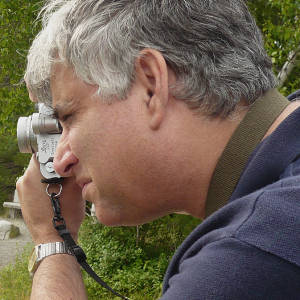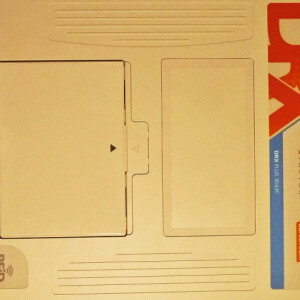From Carbon To Carestream. Lumix M4/3 20mm
A week ago, I posted some images of the last day in service of our 2009-vintage Fuji Medical Systems X-Ray machine here. Earlier this week, a new, full-digital system made by Carestream was installed. All that remains is the old Fuji console. On Tuesday, I spent the whole day working at a sister clinical site with one of my colleagues whom I call The Leo, because there is only one Leo. As promised, he did teach me all his secrets. Today, I was turned loose on the patients with my scanty knowledge of the Carestream's idiosyncrasies - despite Leo's input. The first study went fine, then it stopped communicating with the patient charting software. Got on the phone with boss lady, who had no idea. She told me to call the tech whom installed the system. We delved into the settings, changed one or two, and it began to work. The whole day was like that: fix one computer glitch to be faced with the next. But somehow, I got through fifteen x-ray studies with help from another colleague, and radiology IT. There are two things that are indisputable: the speed of image acquisition - almost instantaneous -, and how much lower the radiation dose is to the patients. It's a game-changer; just have to bend the beast to my will.
The Extra shows the new, high-tech cassette, called a Detector, $30,000+ a piece. If it gets dropped, the boss lady told us, she will know - the computer keeps a record of Everything. There is a large lithium battery, that rectangular panel that fits into the back. The detector communicates with the computer and monitor by means of a wifi signal. At end of day, the batteries come out, and go into a charger for the night. Rinse and repeat.


Comments
Sign in or get an account to comment.


